Making Waves: How Access to Water Powers Education
Last week, we published a blog explaining why it’s so hard to become educated in sub-Saharan Africa. This week, we’re back to show how adequate water, hygiene, and sanitation on school grounds can address these issues that cause almost a third of children in sub-Saharan Africa to drop out before they finish primary school.
The below quotes from students of all ages were taken from either our Final Reports, where students have just been given their new water projects, and our Year-After Reports, where students have been living with a nearby source of clean, reliable water for at least a year. In both cases, the differences in their lives are astounding.
Reason #1: Poverty
Often in sub-Saharan Africa, students’ parents can’t save enough money to pay for school fees, books, uniforms, and other necessities. New water sources restore people’s time and energy, creating space for self-development through exciting new avenues. Access to water also provides opportunities for new or stabler livelihoods.
“This water point has relieved me from the long distance and the challenges of accessing the protected spring within the valley,” said Ahumuza, an 11-year-old boy from Kabo Community in Uganda. “Currently, I am able to help my mother in spraying (watering) her gardens since we now have enough water. This has boosted our household income and has made it easy for my parents to pay for my school fees in time.”
“[With] the help of my parents, I have started a small vegetable garden,” said Brenda from Shitavita Community in Kenya. “To add on that, when the vegetables are ready, I will sell [them] and get money which will pay my school fees and buy some textbooks. My performance will improve.”
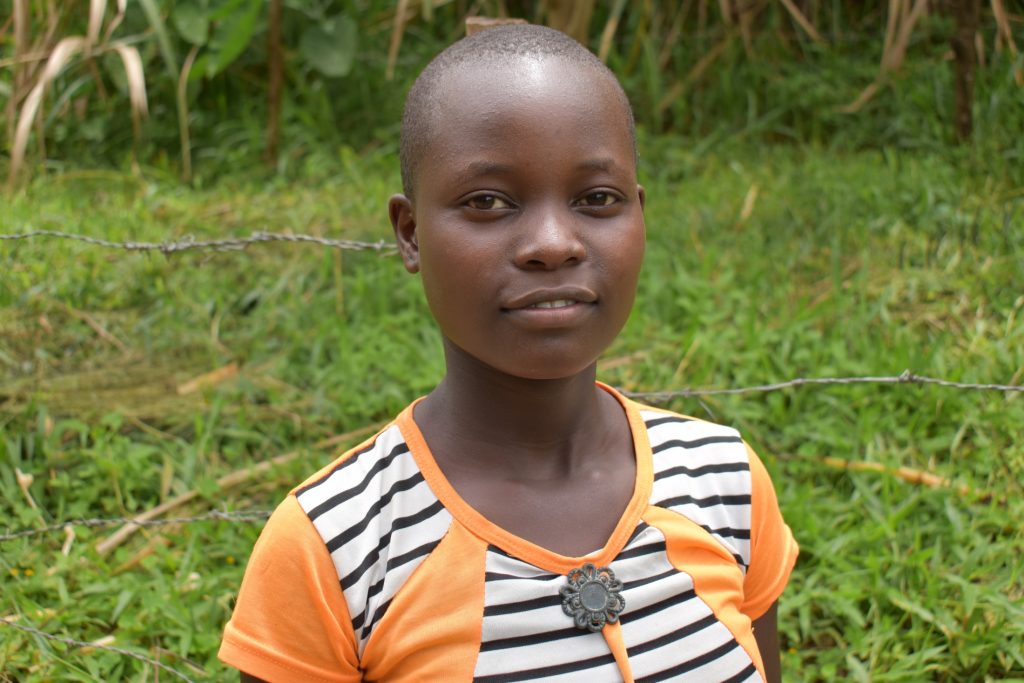
“My life in school has been so disheartening for lack of fees,” said ten-year-old Maxwel from Mwituwa Community in Kenya. “Together with my siblings, the journey has never been easy for us until the water point was protected. We can now afford a smile because our parents can easily pay our school fees from the amount [of money] they get from the products gotten through irrigation using the water point [for] farming.”
“[I]…have managed to set up a small garden [where] I grow vegetables and fruits since watering them has never been a challenge because the water source is very reliable,” said 19-year-old Esther Akasa from Bukhakunga Community. “I later sell the vegetables and fruits using the money acquired to pay part of school requirements, hence reducing the burden experienced by my parents when it comes to school fees.“
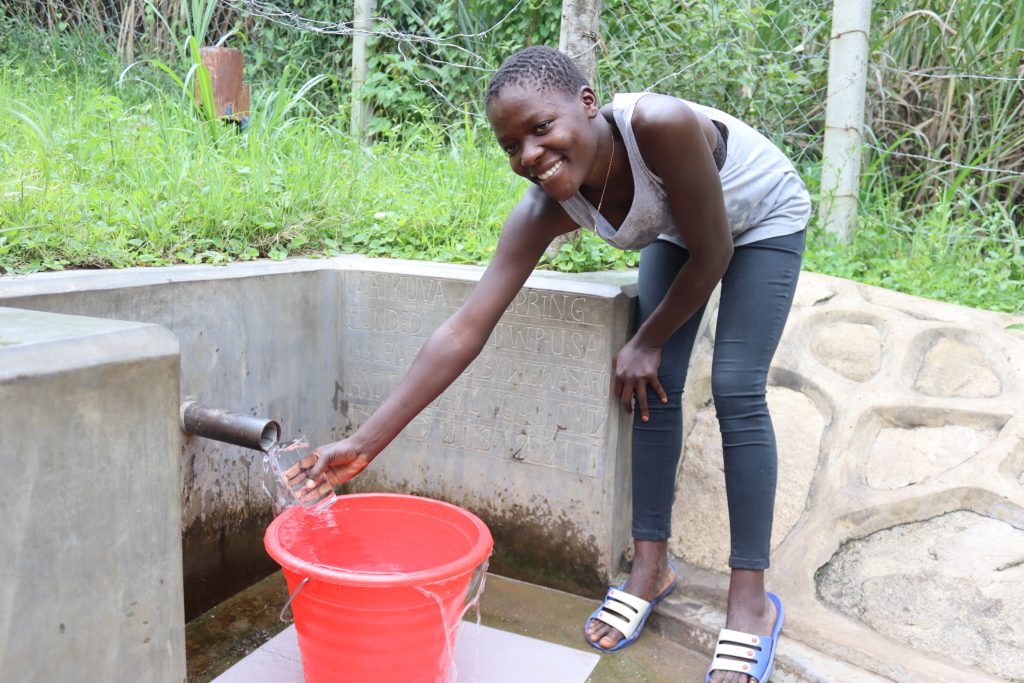
“I used to get tired [from] carrying water from home to school every day. I never liked it at all,” said Bilal from Eluche Primary School in Kenya. “I can easily access water for drinking, and even cleaning whenever I need to. I am no longer worried about [the] mornings [like] when I used to carry water to school. I am happy that I can sit in a clean environment and concentrate on my studies. I plan to study hard so that I can pass [my] exams and achieve my dream of saving our family from poverty.”
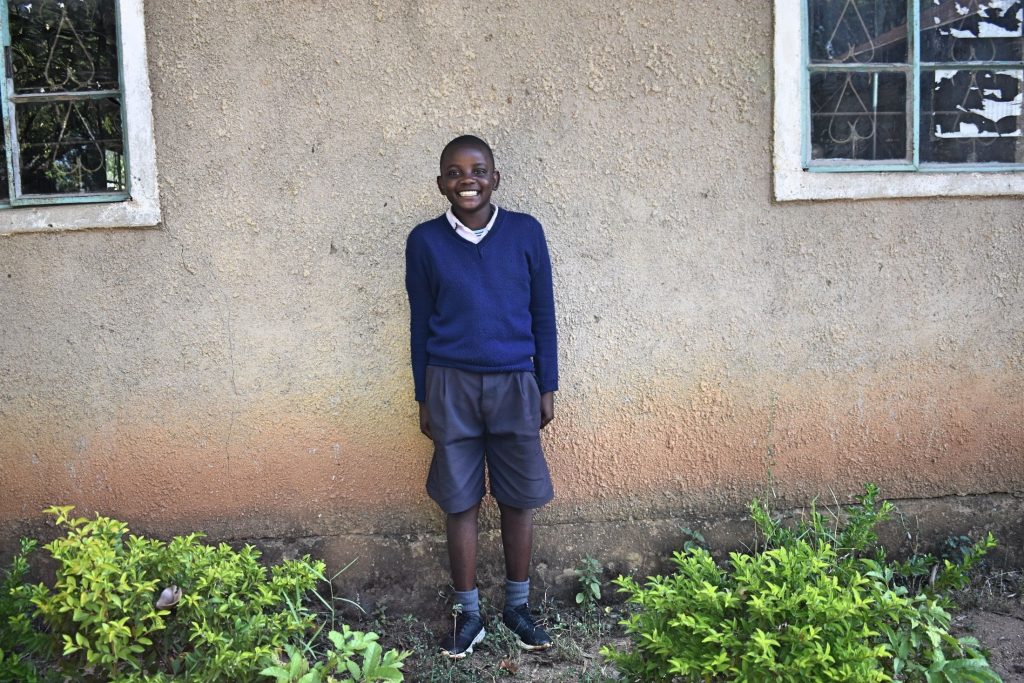
Reason #2: Walking Long Distances
Sub-Saharan Africa doesn’t have school buses to pick kids up from faraway locations. For kids whose schools don’t have water on school grounds, this means extra trouble, because they are often asked to carry water to school with them in the morning and then to leave class and gather water from unprotected sources. All this walking and carrying leaves students exhausted. But with water right on school grounds, students walk less and carry less, giving them energy to spare.
“Before the construction of this water tank, we used to carry jerrycans of water to school every day for cleaning the classrooms, latrines and watering the plants in the school compound,” said 11-year-old Baraka from Kavyuni Salvation Army Primary School in Kenya.
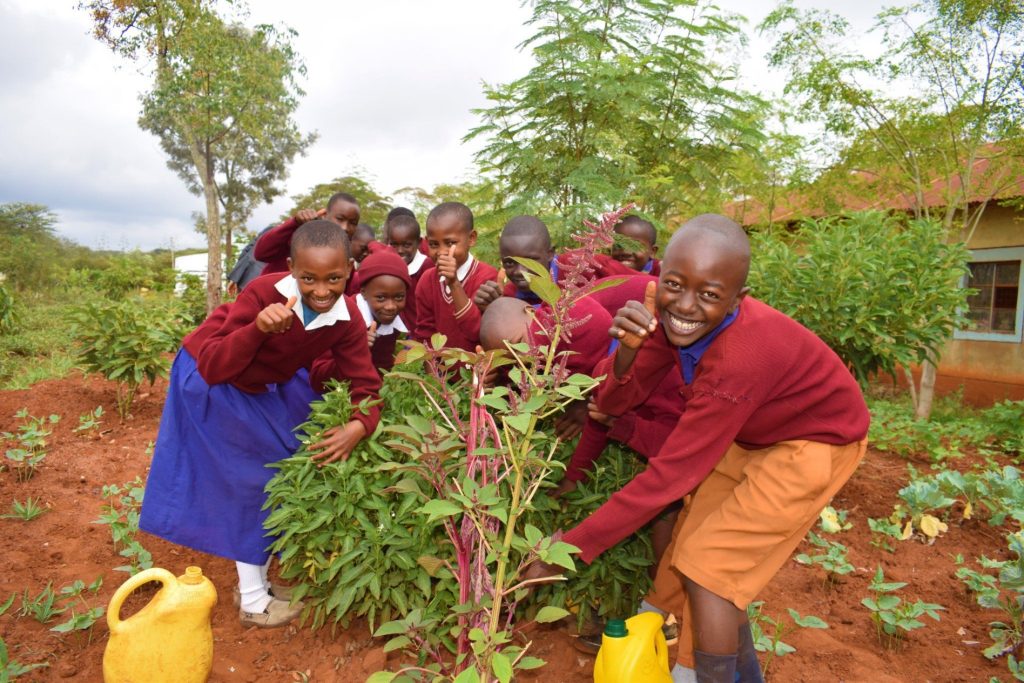
“I used to walk for a very long distance to fetch water because we also did not have a lot of water at home,” Baraka continued. “Walking for the long distances in the morning to fetch water also made me very exhausted by the time I arrived at school. Now, I enjoy coming to school in the morning because I do not have to carry jerrycans of water. In the past year, I have been arriving at school on time.”
“It was so hard because we used to go long distances in search for water,” said 13-year-old Shalyne from Kamulongoji Primary School. “It was tiresome and, more so, time-consuming. Currently, it is easy to get water here because it is located within our proximity. The water itself is very clean because it [is] of [a] known source. I am no longer a victim of waterborne and water-related ailments. Since we get clean water, [I] have time for studies, and this has translated to good performance in academics.”
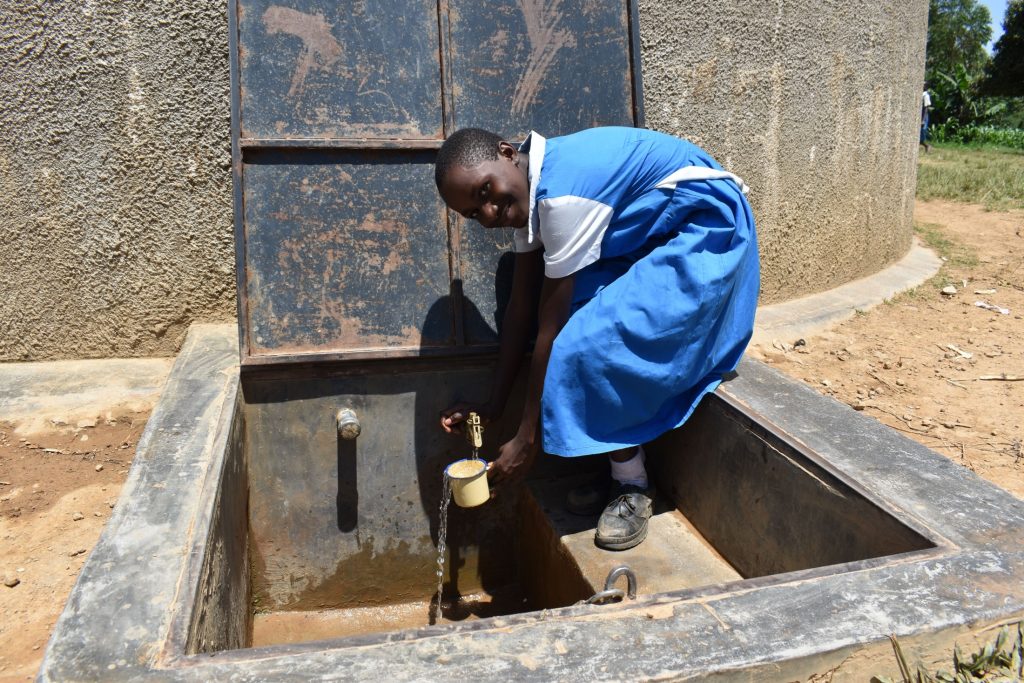
“I was not feeling good as a child living in a situation without having access to clean and safe drinking [water] in my community unless I [went the] long distance every day in the morning and evening to fetch water from the stream,” said 14-year-old Kadiatu from Ponka Community in Sierra Leone.
Kadiatu continued: “The most painful part of it all was that after coming from school six miles away from my community and coming back home to have some rest and focus on doing other things, my mother [would] ask that we go down the stream to fetch water. [That] was a great challenge for me. I am very happy right now having this water facility in my community. Now, even [after] I come [home] from school, my mother won’t send me to fetch water because it is very close to her and is always readily available without any hindrance. I am so excited [about] having this facility in my community, and I want to thank you all.”
Reason #3: Lack of Clean Water, Sanitation, and Hygiene
When schools are unable to provide their learners with water, everyone suffers. In multiple cases, schools have been issued closure notices from their governments because of their lack of proper water, latrines, or hygiene facilities. With our support, schools come back better able to provide for the students in the area. With water on campus, students are happier, healthier, and more eager to learn.
“I am glad that this point has now been completed because I will no longer carry water from home, and there is enough clean water in our school. I will easily fetch water from this tank whenever I feel thirsty without any fear of contracting stomach upsets or diarrhea. Now I can forget about the exhaustion of carrying water to school because I will be arriving at school feeling ready to study, not sleep,” said 12-year-old Mary from Kisungula Primary School in Kenya.
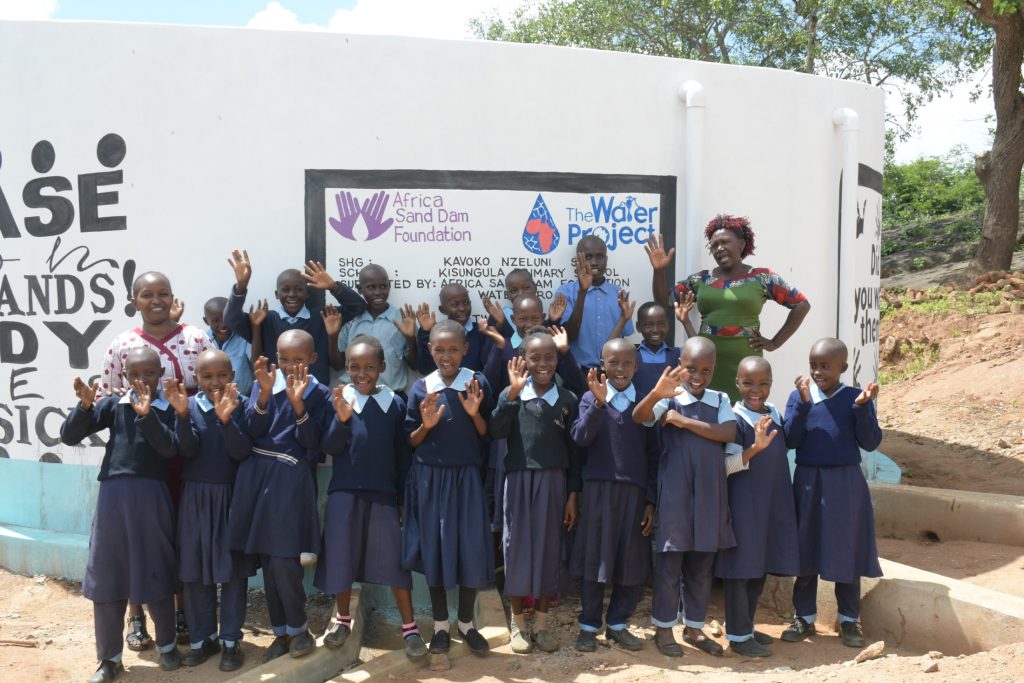
Mary’s teacher, Ms. Sarah Njeru, added: “Our students will now have access to enough clean water which does not expose them to water-related infections like stomach aches, typhoid, and amoeba. They will be able to wash their hands to also prevent these diseases from spreading. They will also be drinking enough clean water throughout the drought period. Moreover, food will always be prepared on time. This means that most of our students will be present in class without any distractions. I will be happy to teach active pupils who can ask questions and give suggestions. More students will be admitted to better secondary schools that can propel them to better careers.”
“Personally, I really appreciate the water source,” Sheila from Shianda Community said.
“I no longer spend much time queuing to fetch water. This has really improved [my] studying schedule. Furthermore, I can celebrate because [my academic] performance has been improved. Apart from that, general hygiene has also changed, i.e. I can wash clothes [and] bathe on a daily basis. This has also helped me to live a healthy life with minimal cases of diseases, no absenteeism to school, and my parents are also doing great in development compared to the past. I can testify that, through this water point, [I] am [a] good ambassador to other children on matters concerning hygiene and sanitation.”
Reason #4: Being Born Female
Girls struggle to stay in school for many reasons in sub-Saharan Africa, chief among them the stigma and struggle to handle menstruation in an environment without proper hygiene and sanitation facilities. Without these obstacles, many girls find the freedom to stay in school and fight for the futures they want rather than the futures they are expected to follow.
“[I] am so lucky to be in school [at] such a time. [I] am one clean girl, and I love to stay in a clean environment. The water project is going to make my life so comfortable and conducive for learning. My academic performance is automatically going to improve significantly,” said 17-year-old Leah J. from Shieywe Secondary School in Kenya.
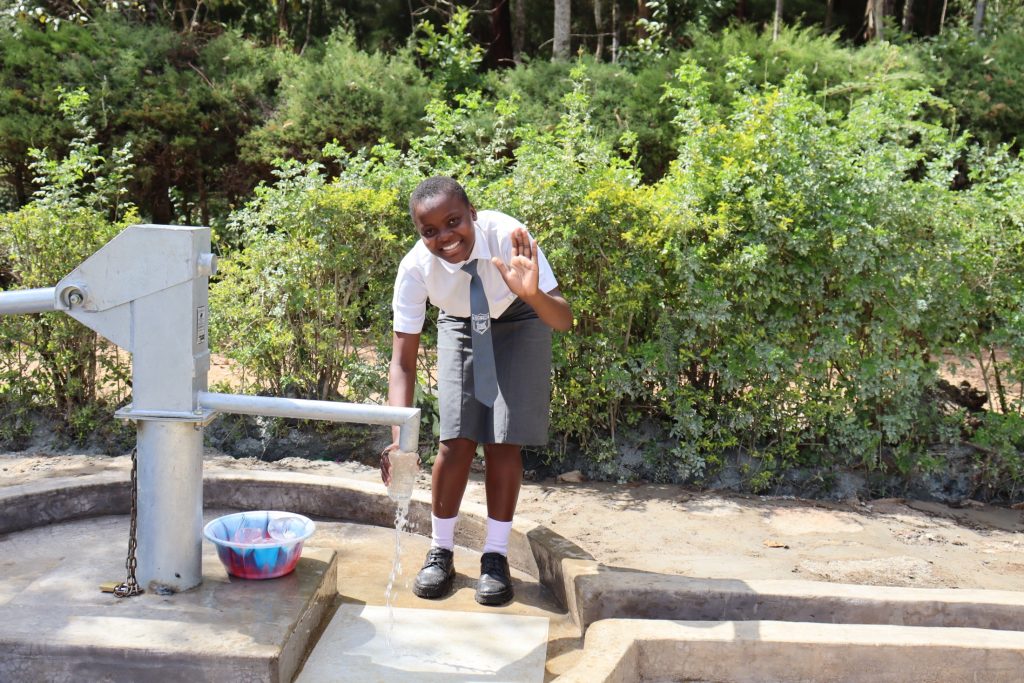
“First of all, the assurance that we will be drinking safe water will give me more confidence to use the water and thus help me love my school the more. It speaks to a lot of love, care, and concern that the world around me has for children like me,” said student Anne from Ivakale Primary School in Kenya.
Anne continued, “The water point will enable me to realize the good of great academic performance and drive me into my dream career in life. As a girl, I am now assured of adequate water to maintain hand hygiene and use even during menses. It is very shameful to lack such an essential commodity during one’s menstrual period. This water point has come to rescue many girls from such a social dilemma.”
“I am so happy now because I have enough water in the school compound to take care of myself as a schoolgirl,” said 14-year-old Abibatu from Sulaiman Memorial Academy Junior Secondary School in Sierra Leone.
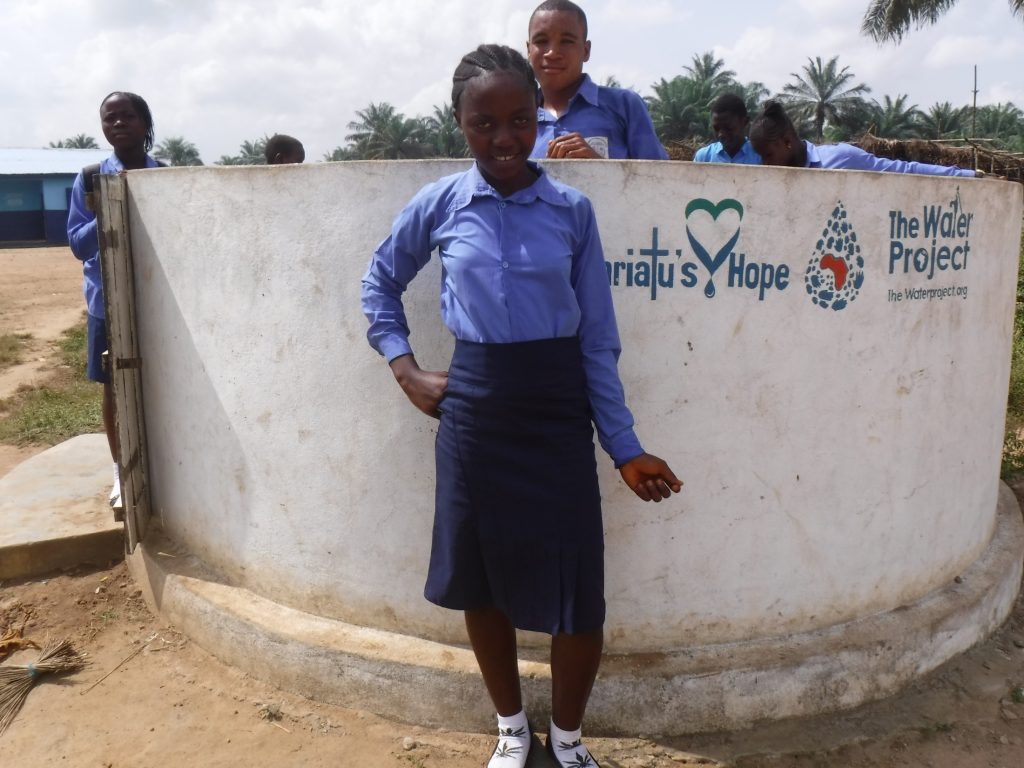
Abibatu continued: “This water facility has helped me greatly because I am using it for drinking, cooking, and my school hygiene. [The] facilities are well taken care of, and I no longer sneak out of class to my house for drinking water. It has [an] impact on my life because I [do] not stop coming to school when I am on my menstrual cycle. I can easily get out of the class and take care of myself in the school.“
How to Help Get Water to Those Still Waiting
The students you’ve heard from today have had their lives transformed already, and we’re so happy they’re now on a better path — thanks to the generosity of donors like you.
And there are so many others still waiting for their chance at healthy, happy lives. Today you can create an impact by extending your support. Please take a few minutes to read through the stories of schools and communities still waiting for donations, then choose the one (or ones!) that speak(s) to you the most. Or give us a call, and we’ll help steer you toward the kids in greatest need.
There’s never been a better time to donate. Our vision for reaching 100% coverage in our service areas is so clear, and we’re excited to make you a part of it!
Home More Like ThisTweet